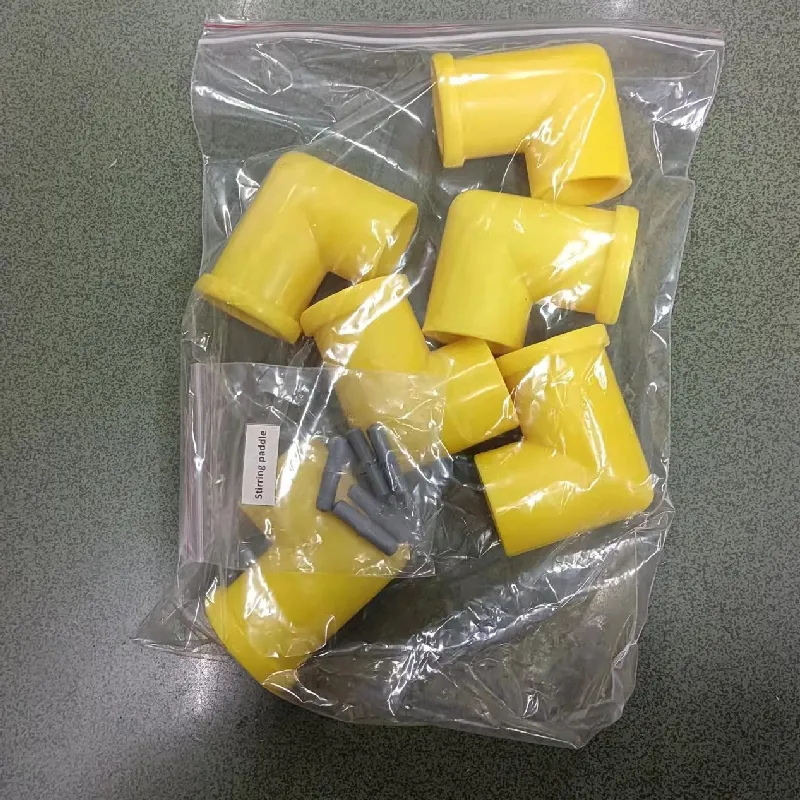 English
English



-
 Afrikaans
Afrikaans -
 Albanian
Albanian -
 Amharic
Amharic -
 Arabic
Arabic -
 Armenian
Armenian -
 Azerbaijani
Azerbaijani -
 Basque
Basque -
 Belarusian
Belarusian -
 Bengali
Bengali -
 Bosnian
Bosnian -
 Bulgarian
Bulgarian -
 Catalan
Catalan -
 Cebuano
Cebuano -
 China
China -
 China (Taiwan)
China (Taiwan) -
 Corsican
Corsican -
 Croatian
Croatian -
 Czech
Czech -
 Danish
Danish -
 Dutch
Dutch -
 English
English -
 Esperanto
Esperanto -
 Estonian
Estonian -
 Finnish
Finnish -
 French
French -
 Frisian
Frisian -
 Galician
Galician -
 Georgian
Georgian -
 German
German -
 Greek
Greek -
 Gujarati
Gujarati -
 Haitian Creole
Haitian Creole -
 hausa
hausa -
 hawaiian
hawaiian -
 Hebrew
Hebrew -
 Hindi
Hindi -
 Miao
Miao -
 Hungarian
Hungarian -
 Icelandic
Icelandic -
 igbo
igbo -
 Indonesian
Indonesian -
 irish
irish -
 Italian
Italian -
 Japanese
Japanese -
 Javanese
Javanese -
 Kannada
Kannada -
 kazakh
kazakh -
 Khmer
Khmer -
 Rwandese
Rwandese -
 Korean
Korean -
 Kurdish
Kurdish -
 Kyrgyz
Kyrgyz -
 Lao
Lao -
 Latin
Latin -
 Latvian
Latvian -
 Lithuanian
Lithuanian -
 Luxembourgish
Luxembourgish -
 Macedonian
Macedonian -
 Malgashi
Malgashi -
 Malay
Malay -
 Malayalam
Malayalam -
 Maltese
Maltese -
 Maori
Maori -
 Marathi
Marathi -
 Mongolian
Mongolian -
 Myanmar
Myanmar -
 Nepali
Nepali -
 Norwegian
Norwegian -
 Norwegian
Norwegian -
 Occitan
Occitan -
 Pashto
Pashto -
 Persian
Persian -
 Polish
Polish -
 Portuguese
Portuguese -
 Punjabi
Punjabi -
 Romanian
Romanian -
 Russian
Russian -
 Samoan
Samoan -
 Scottish Gaelic
Scottish Gaelic -
 Serbian
Serbian -
 Sesotho
Sesotho -
 Shona
Shona -
 Sindhi
Sindhi -
 Sinhala
Sinhala -
 Slovak
Slovak -
 Slovenian
Slovenian -
 Somali
Somali -
 Spanish
Spanish -
 Sundanese
Sundanese -
 Swahili
Swahili -
 Swedish
Swedish -
 Tagalog
Tagalog -
 Tajik
Tajik -
 Tamil
Tamil -
 Tatar
Tatar -
 Telugu
Telugu -
 Thai
Thai -
 Turkish
Turkish -
 Turkmen
Turkmen -
 Ukrainian
Ukrainian -
 Urdu
Urdu -
 Uighur
Uighur -
 Uzbek
Uzbek -
 Vietnamese
Vietnamese -
 Welsh
Welsh -
 Bantu
Bantu -
 Yiddish
Yiddish -
 Yoruba
Yoruba -
 Zulu
Zulu
oil acidity tester
Understanding Oil Acidity Testers A Key Tool for Quality Assessment
In the culinary and food production industries, the quality of oil plays a vital role in determining the overall sensory attributes and health benefits of the final product. One critical aspect of good oil quality is its acidity level, which can significantly affect flavor, shelf life, and nutritional value. To accurately measure this important parameter, professionals use oil acidity testers.
Oil acidity refers to the level of free fatty acids present in a sample of oil. As oils degrade over time due to exposure to heat, light, and oxygen, their acidity levels can increase, leading to off-flavors, rancidity, and reduced health benefits. For consumers and producers alike, understanding the acidity of oil is essential for determining its freshness and quality.
Oil acidity testers are devices specifically designed to quantify the acidity level in oils. These testers utilize various methods, including titration and colorimetric analysis, to provide accurate and reliable results. The most common unit of measurement used is oleic acid concentration, expressed as a percentage. A higher percentage indicates a higher level of free fatty acids, which is generally undesirable for culinary oils.
oil acidity tester

The titration method is one of the most widely used techniques for assessing oil acidity. In this process, a known volume of oil is mixed with a solvent, and a titrant—typically a sodium hydroxide solution—is gradually added until a neutralization reaction occurs. The point at which the reaction is complete is marked by a color change, facilitated by an indicator chemical. The volume of titrant used allows analysts to calculate the free fatty acid content, providing a precise measure of oil acidity.
The benefits of using an oil acidity tester are numerous. For manufacturers, routine testing helps ensure product consistency and quality, which is crucial for maintaining brand reputation and customer satisfaction. Quality control measures, including oil acidity testing, empower producers to make informed decisions about shelf life, packaging, and storage conditions, ultimately enhancing product longevity.
For consumers, understanding oil acidity can guide purchasing choices. With an increasing interest in healthy eating, many consumers are looking for oils that not only taste good but also offer health benefits. High levels of acidity in cooking oils may indicate degradation and could potentially pose health risks when routinely consumed. Therefore, investing in quality oils with low acidity can enhance not only culinary experiences but also health outcomes.
In conclusion, oil acidity testers serve as an indispensable tool for both producers and consumers. By accurately measuring acidity levels, these testers help safeguard oil quality, ensuring that culinary oils remain delicious and nutritious. As the demand for high-quality oils continues to rise, the importance of oil acidity testing will be more pronounced than ever. Whether you are a manufacturer striving to uphold product standards or a consumer seeking the best quality for your kitchen, an oil acidity tester has become an essential component in the journey toward exquisite culinary experiences.
-
Testing Equipment Industry Sees Major Advancements in 2025: Smart & Precision Technologies Lead the WayNewsJun.06,2025
-
Applications of Direct Current Generators in Renewable Energy SystemsNewsJun.05,2025
-
Hipot Tester Calibration and Accuracy GuidelinesNewsJun.05,2025
-
Digital Circuit Breaker Analyzer Features and BenefitsNewsJun.05,2025
-
Benefits of Real-Time Power Quality Monitoring Devices for Industrial EfficiencyNewsJun.05,2025
-
Earth Fault Loop Testing in High-Rise Building Electrical SystemsNewsJun.05,2025



